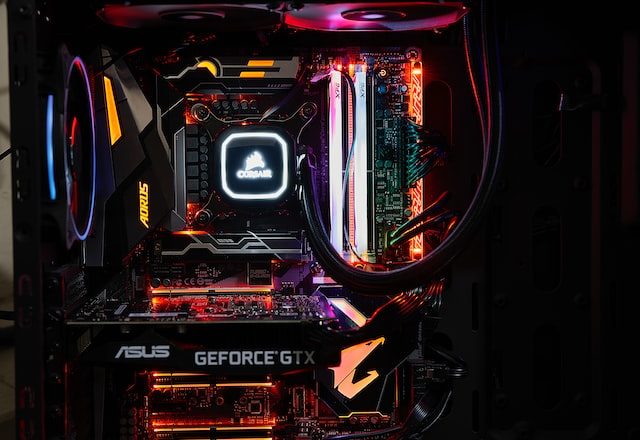A motherboard is one of the most important parts of a computer. It is the main circuit board that contains the majority of the components that make up the system. The motherboard connects all of the other parts of the computer together. You need to choose a motherboard that is compatible with your other components, as well as one that has the right features for your needs. In this blog post, we will discuss how to choose the right motherboard for your PC.
What is a motherboard?
A motherboard is the central printed circuit board (PCB) in computers and other Expandable System Boards (ESBs). It holds many of the crucial components of the system, such as the central processing unit (CPU), random access memory (RAM), and other input/output (I/O) devices. The term “motherboard” refers to the main or principal PCB in a computer. Most popular motherboards also contain an integrated graphics processing unit (GPU).
The different types of motherboards
There are three different types of motherboards that you can choose from when building a PC: an ATX motherboard, a microATX motherboard, or a mini-ITX motherboard.
The most common type of motherboard is the ATX motherboard. ATX motherboards come in a variety of sizes, but the most common size is the full-size ATX. A full-size ATX motherboard will fit in any standard ATX case.
MicroATX motherboards are smaller than ATX motherboards, but they still offer all of the same features as a full-size ATX board. MicroATX boards are often used in small form factor cases.
The smallest type of motherboard is the mini-ITX. Mini-ITX boards are designed for use in very small form factor cases. Many mini-ITX cases only support one expansion slot, so these boards only have room for essential components like the CPU and RAM.
Factors to consider when choosing a motherboard
One of the most important factors to consider when choosing a motherboard is compatibility. You’ll need to make sure that the motherboard you choose is compatible with your CPU, RAM, and other components. Another important factor to consider is the form factor. Make sure that the motherboard you choose fits in your case and has the right number of ports and slots for your needs. You’ll also want to consider the features offered by different motherboards and choose one that offers the right mix of features for your needs. Finally, be sure to check reviews before purchasing a motherboard to get an idea of quality and performance.
The best motherboards for gaming PCs
There are a few things to consider when choosing the best motherboard for gaming PCs. The size of the motherboard, the number of PCI slots, the type of CPU socket, and the price are all important factors.
The size of the motherboard is important because it needs to fit in the case. ATX motherboards are the most common and they come in different sizes. The number of PCI slots is also important because it determines how many graphics cards or expansion cards can be installed. The type of CPU socket is important because it needs to match the type of processor being used. Lastly, price is also a factor to consider because cheaper motherboards may not have all the features needed for gaming.
The best motherboards for workstations
There are a few things to consider when choosing the best motherboard for your workstation PC. Form factor, CPU socket type, and expansion capabilities are the most important factors.
The size and shape of a motherboard is its form factor. The three most common form factors used in workstation PCs are ATX, microATX, and mini-ITX. CPUs have different socket types, and the socket type must match the socket type on the motherboard. The most common socket type used in workstations is LGA 1151.
Expansion capabilities refer to the number and type of expansion slots on the motherboard. Workstation PCs typically need at least one PCI Express x16 slot for a graphics card. They may also need several PCI Express x1 slots for other expansion cards such as network adapters or sound cards.
Here are our picks for the best motherboards for workstations:
ATX: ASUS ROG Strix Z390-E Gaming Motherboard
microATX: ASRock Fatal1ty B450 Gaming K4 Motherboard
mini-ITX: MSI B360I Gaming Pro AC Motherboard
Conclusion
In this article, we have looked at how to choose the right motherboard for your PC. We have considered the different factors that you need to take into account when making your decision. We hope that this article has helped you to understand the different factors involved and has given you the confidence to choose the right motherboard for your needs.





